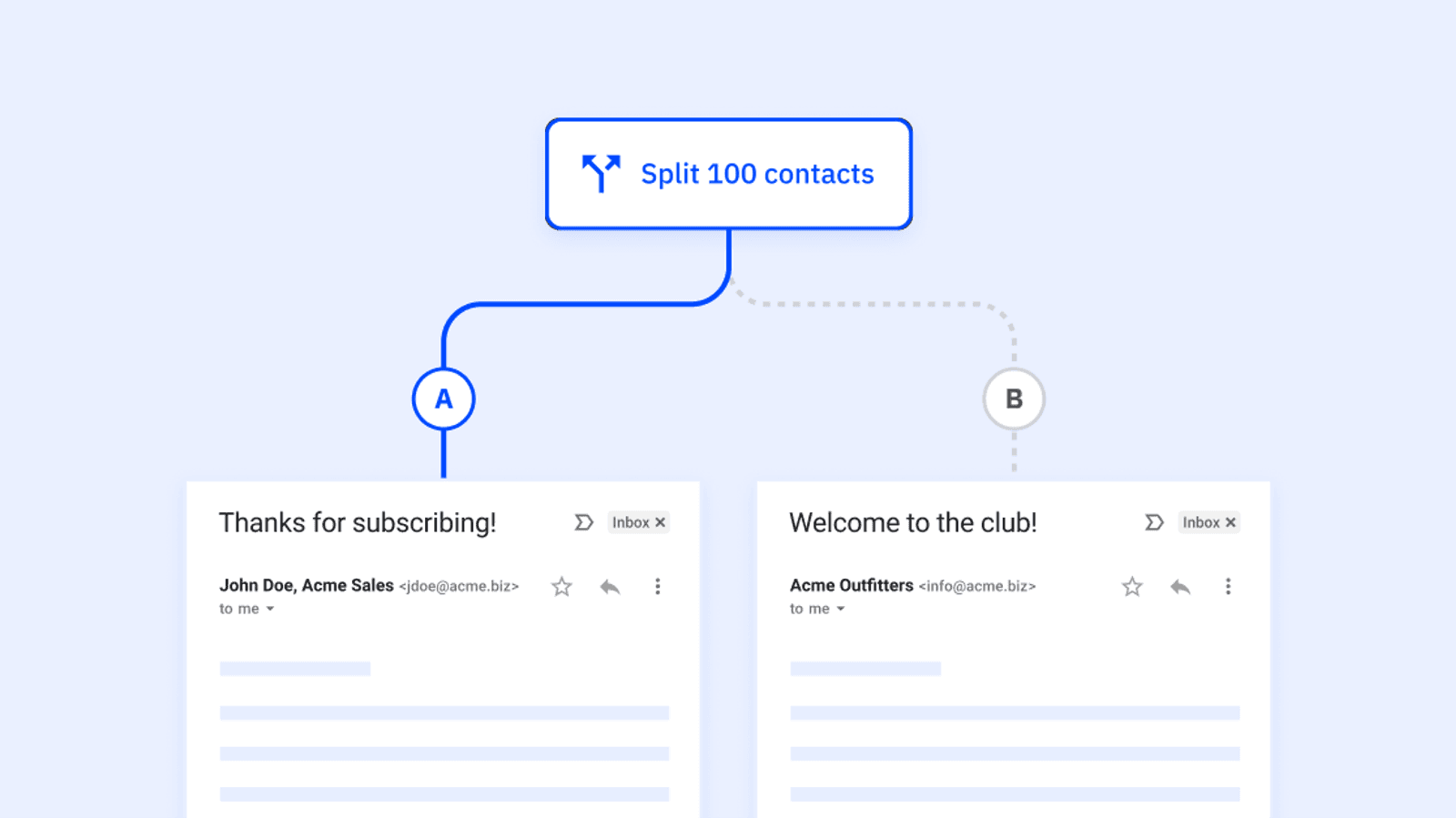This post was contributed by Jessica Pereira of Interact.
A few decades ago, department stores like Macy’s and JCPenney dominated the retail scene. These brands had a huge customer base with different price points and locations across the world. The competition revolved around brick and mortar establishments.
In 1994, Amazon changed the eCommerce marketplace. Now, eCommerce shops inhabit every corner of the Internet.
The eCommerce boom screams opportunity as well as competition. It might feel unattainable to reach online buyers when hundreds of other brands are competing for the same customers.
Good products aren’t enough these days. At a minimum, you need a loyal customer base and a reputable brand. Customer engagement personalizes the buyer’s journey and helps customers feel comfortable shopping with your brand.
In this post, we’ll cover why customer engagement matters and five strategies to improve customer engagement in retail.
What is retail customer engagement?

Retail customer engagement is the multiple in-person and online interactions between a retail brand and its customers. Retailers use a variety of marketing strategies to attract and retain their ideal customers, including:
- Omnichannel: Connecting your offline channels with your online presence without customer friction.
- Mobile optimization: Optimizing your website for a seamless mobile experience.
- Social media: Building brand awareness through social posts.
These marketing strategies all aim at the same target: a positive customer experience. For example, ModCloth exceeds expectations as a retailer with a built-in live chat. Answering questions in real-time saves the customer time and revs up the buyer’s journey.
Why does customer engagement in retail matter?
Customer engagement builds a relationship with your audience. But it also supports other strategies, like:
- Online support: 88% of customers expect companies to increase their digital initiatives post-COVID. Customers expect their favorite brands to serve their needs as if they were shopping in-person. This is where email, texting, and live chat come into play.
- Social proof: Never underestimate the power of word-of-mouth marketing. When you treat your customers well, they’ll promote your brand to everyone they know.
- Personalized marketing: Product recommendations and target email sequences break the wall between you and your buyers. Without it, businesses risk losing 38% of their current customers.
Customer engagement in retail not only increases sales but also your overall brand loyalty.
How to improve customer engagement in retail: 5 examples
Brands must adapt to rise above their competition. Here are five examples to help you implement a customer engagement strategy to achieve results.
1. Offer Incentives to Motivate Customers
Back in college, my friends and I went to as many on-campus events as possible. It wasn’t because these events were fun. Instead, we were incentivized with free stuff: food, drinks, t-shirts, and custom tote bags.
Incentives grab your customers’ attention. They take people’s thought process from “I can’t afford this right now” to “I get 20% off!” In fact, eCommerce shoppers are more likely to buy with free delivery or discounts. Different types of incentives include:
- Buy one, get one free coupons
- Free samples with the first purchase
- Free shipping with a minimum order of $75
TOMS uses free shipping to increase shoe sales and grow their email list. Take a look at TOMS’ pop up below and notice the opt-in email form.

You also can offer incentives to existing customers. One month after my purchase at Raw Revelations, they sent me a 20% discount. This tactic worked because I forgot about Raw Revelations, and their discount was a friendly reminder to repurchase some products.
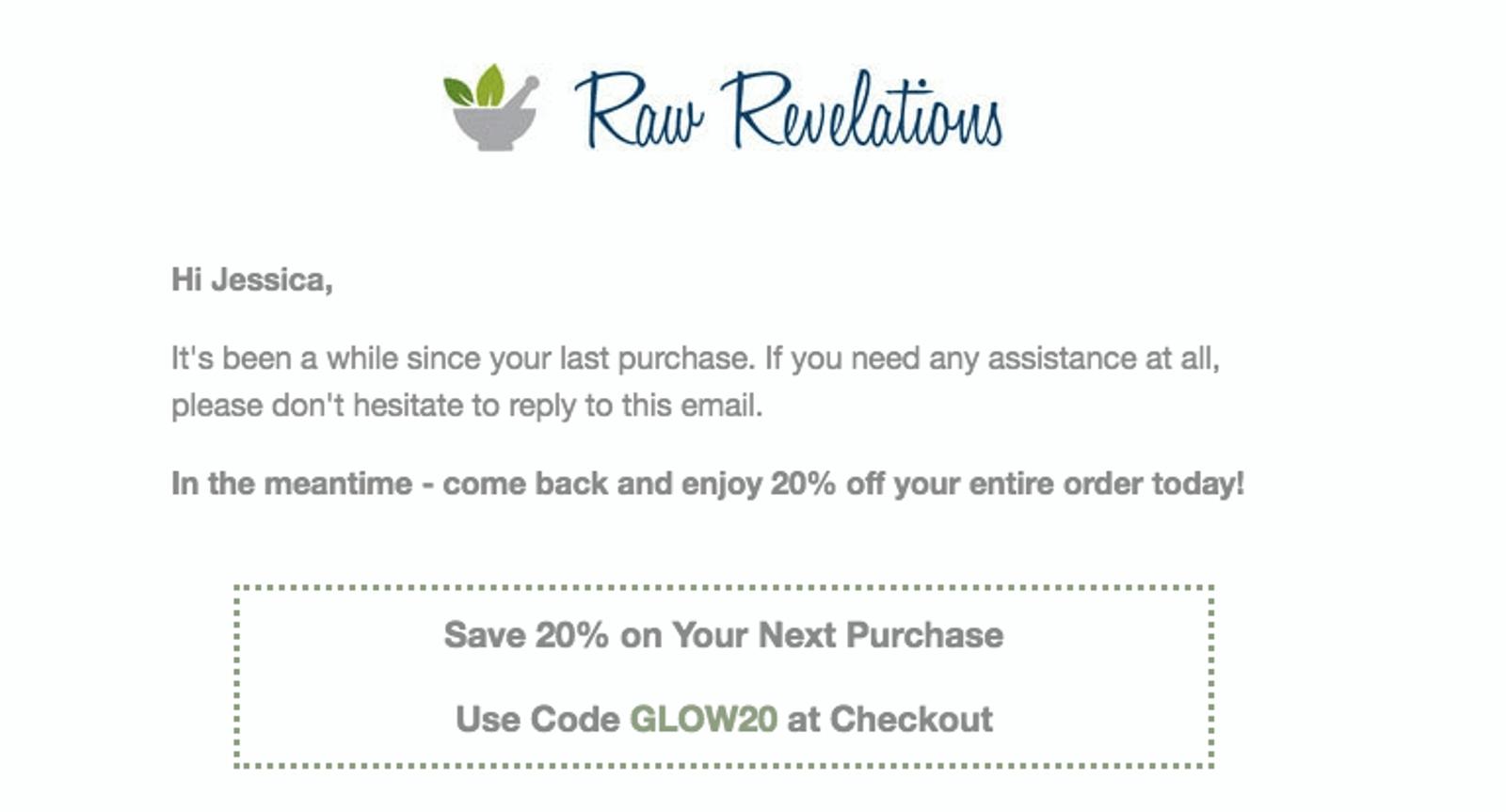
Here’s another idea: Encourage your current subscribers to spread the word about your business with a coupon offer. Try this email forward incentive automation recipe.

Incentives are thoughtful, but they can lose their magical effect if you use them too often. Want our advice? Sprinkle in 2-3 incentives throughout the buyer's journey. You’ll maintain your customer’s attention without going overboard.
2. Add Augmented Reality to the Customer Experience
Fitting rooms are a major advantage to in-person shopping. Not only can your customers try on clothing before buying, but they also can get help from retail associates.
Maria Rugulo, an apparel industrial analyst, says fitting rooms help “make a personal connection with your consumer since it is still an integral part of the overall shopping experience.”
Online shopping misses out on the overall “shopping experience” because there’s no way to try on clothes through a screen. Augmented reality (AR) has changed this experience..
Augmented reality amplifies physical surroundings with digital visual elements. You can now try on products without stepping into a physical store.
Zenni Optical enhances their customer experience with a “Virtual Try-On.” All you have to do is upload an image of yourself and pick a few glasses you like.
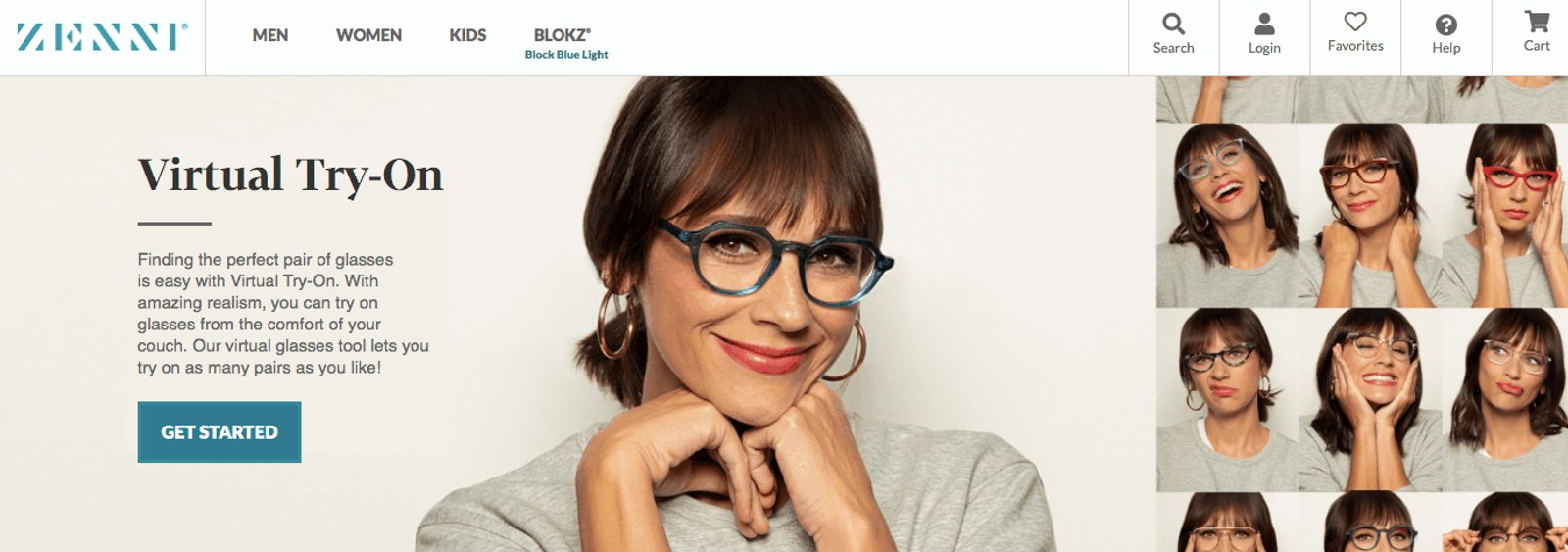
It doesn’t stop there. Zenni Optical also uses AR to collect customers’ eyewear preferences and personalize their recommendations.
This customer engagement helped Zenni sell more than 7 million frames alone. Using AR, Zenni reduced returns and leveraged the customer lifecycle.
Here are four ways to engage customers with augmented reality:
A. Interactive user manuals
Guide users through your product with on-page tours and step-by-step messages.

B. In-person shopping experience
Offer a “real-time” shopping experience and build an AR version of your shop. Customers can browse through your store by physically moving their phones around the room.
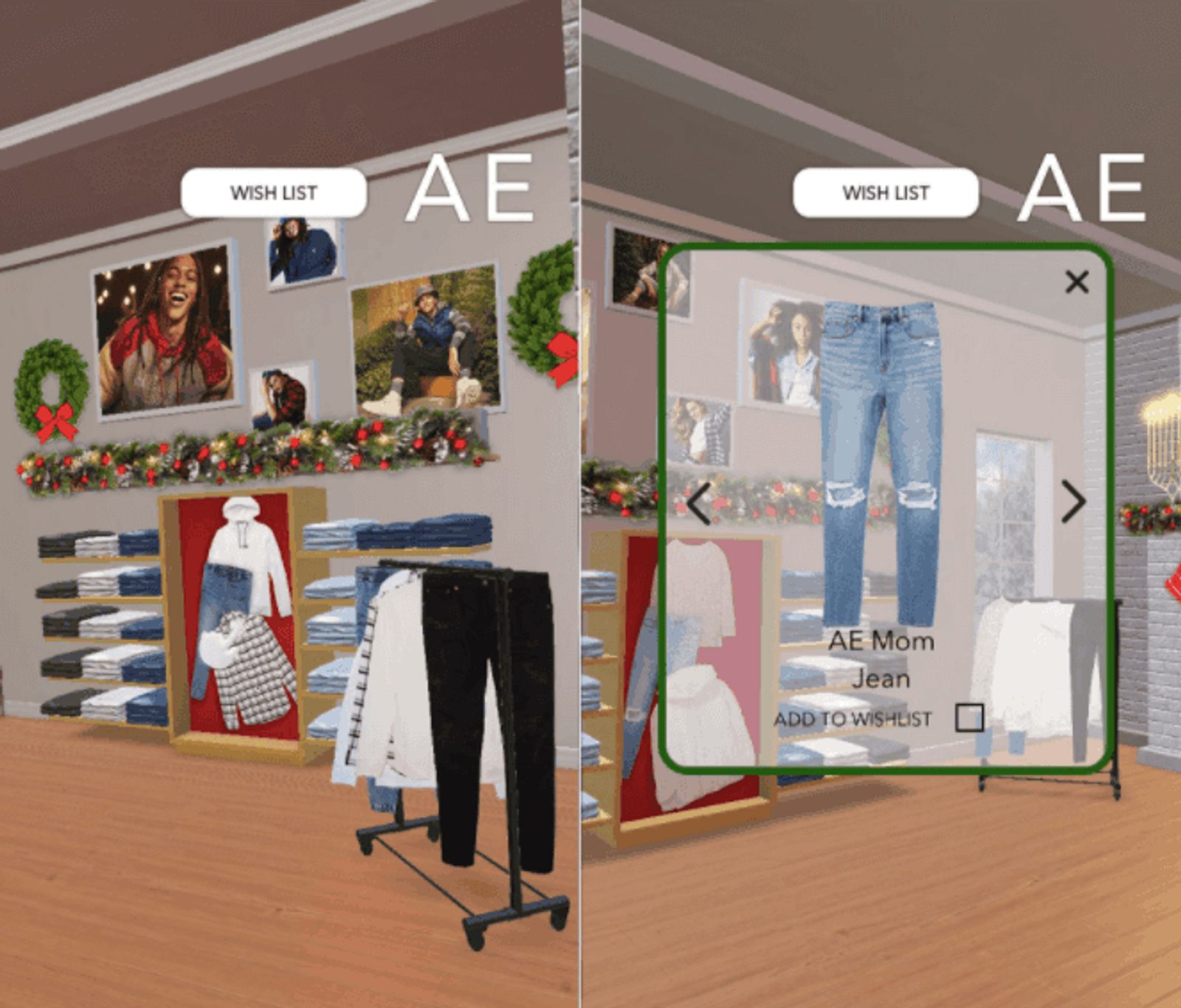
C. Preview placements
Give your customers a sneak peek of how your product will look and feel within their homes.
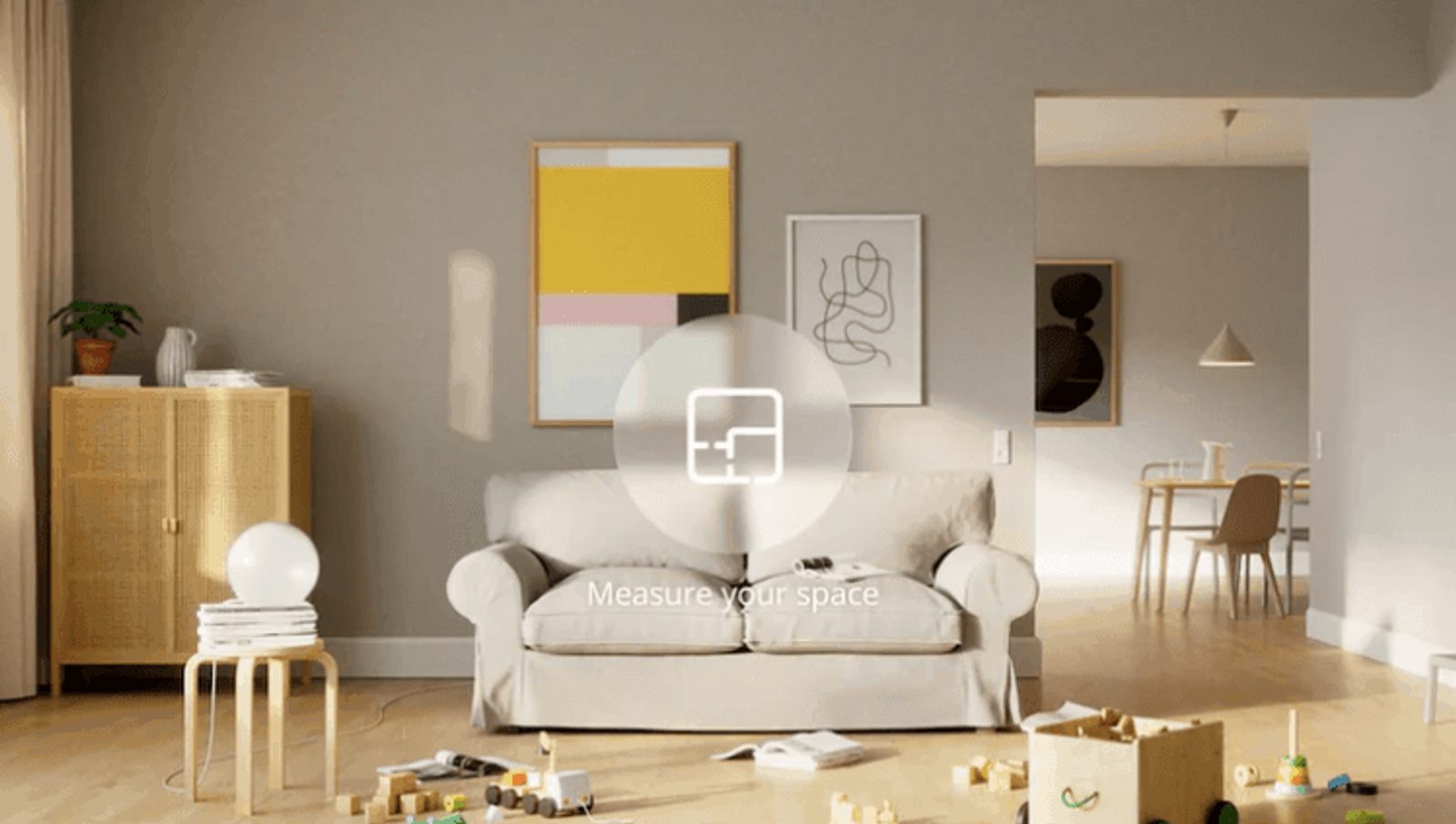
D. Product locator
Yes, you can use AR for in-person shopping, too. Home Depot rolled out a virtual map of their stores. That way, customers can get in, find the product they need, and quickly get out of the store.

Augmented reality is best used to target pain points. Home Depot built an AR store map to relieve the pain of searching through their massive warehouses, while Zenni solved the fitting room problem with a virtual try-on. Choose one customer pain point and go from there.
3. Create a Product Recommendation Quiz
Product recommendations are an integral part of eCommerce businesses. Two popular forms are influencer marketing and product recommendation engines (e.g. Netflix’s “Recommended for you” section).
These engines are powerful but can burn a hole in your budget. They cost anywhere from $5,000 - $15,000 to implement, which isn’t feasible for a small business.
You can cut out the big price tag with a product recommendation quiz. A quiz levels up your buyer’s journey by:
- Eliminating the browsing part of shopping to shorten the buyer’s decision-making process.
- Reducing your return rate with personalized products.
For example, Primally Pure advertises their deodorant line with a product recommendation quiz.

In seven questions, Primally Pure will recommend one of the following deodorant scents:
- Blue Tansy
- Charcoal
- Geranium
- Lavender
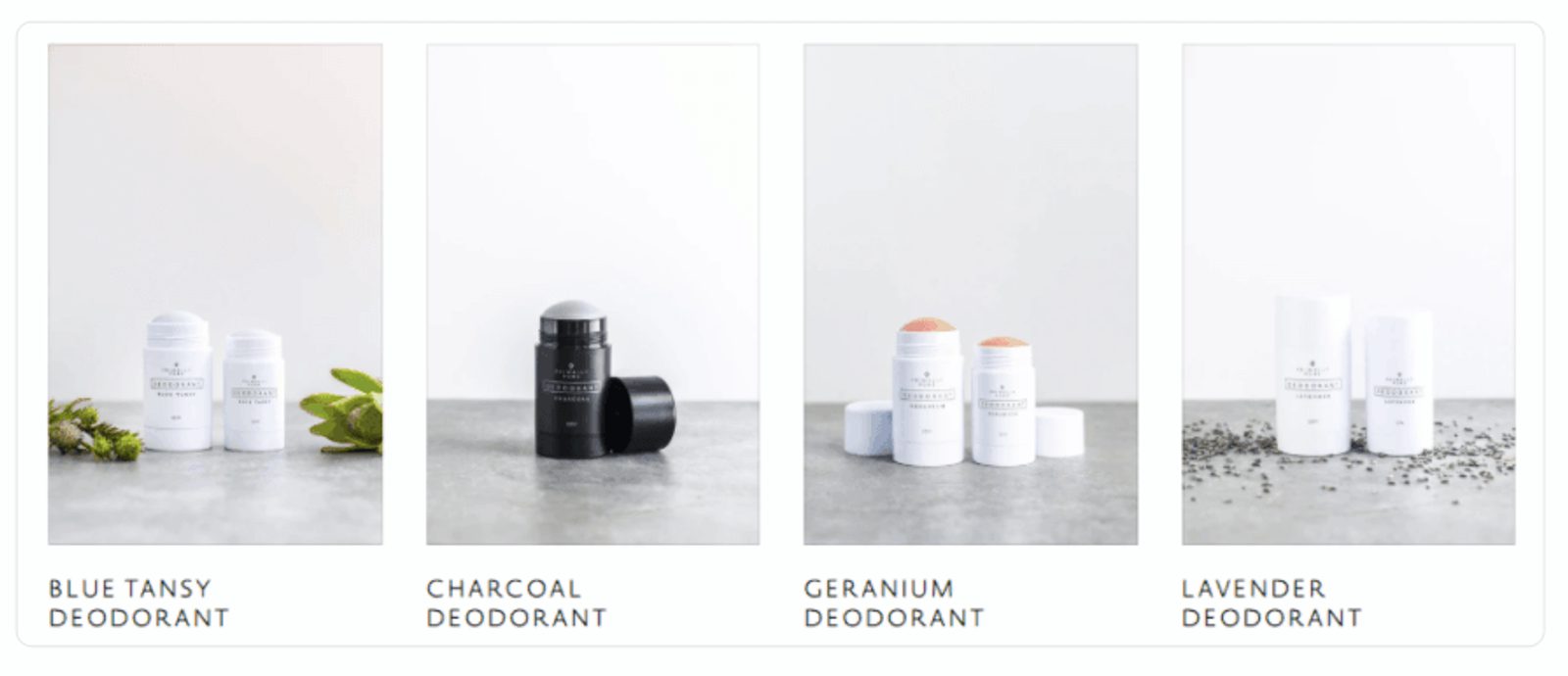
Primally Pure generated $100,000 in sales with this quiz.
Product quizzes don’t only increase sales but generate leads. After the quiz, Primally Pure asks customers for their email address in exchange for the results.
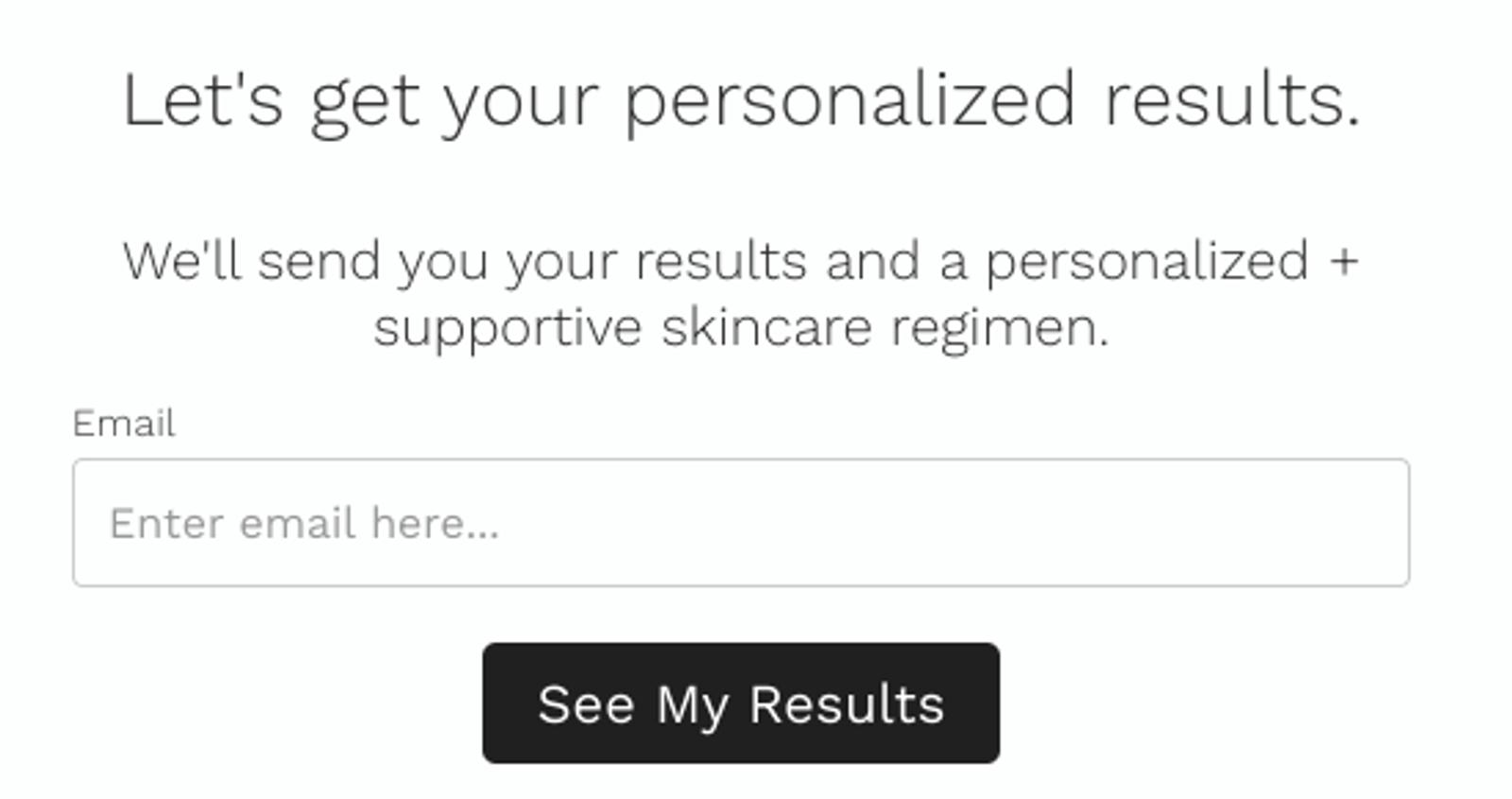
With the TryInteract and ActiveCampaign integration, you can build a segmented email automation with your quiz leads. For instance, everyone who resulted in sensitive skin would receive emails about sensitive skin products. Plus, you can automate a quiz funnel and nurture leads to future sales, discounts, and promotions (hint: offer incentives!).
When you build a product recommendation quiz, promote it on your website and social media channels to earn more leads.
4. Execute SMS Marketing to Build Customer Loyalty
Texting adds a personal touch to the customer experience. Like email marketing, texting keeps shoppers in the loop. You can send them quick updates about your inventory, promotions, and sales.
Also, you can’t ignore the growing mobile eCommerce market. 53.9% of retail eCommerce purchases are projected to generate through mobile phones.
You can get started with SMS marketing in two ways. The first is with discounts and promotions.
Express sends special discounts to existing customers. This strategy is especially useful for their young audience, who buys more products through mobile compared to the older population.
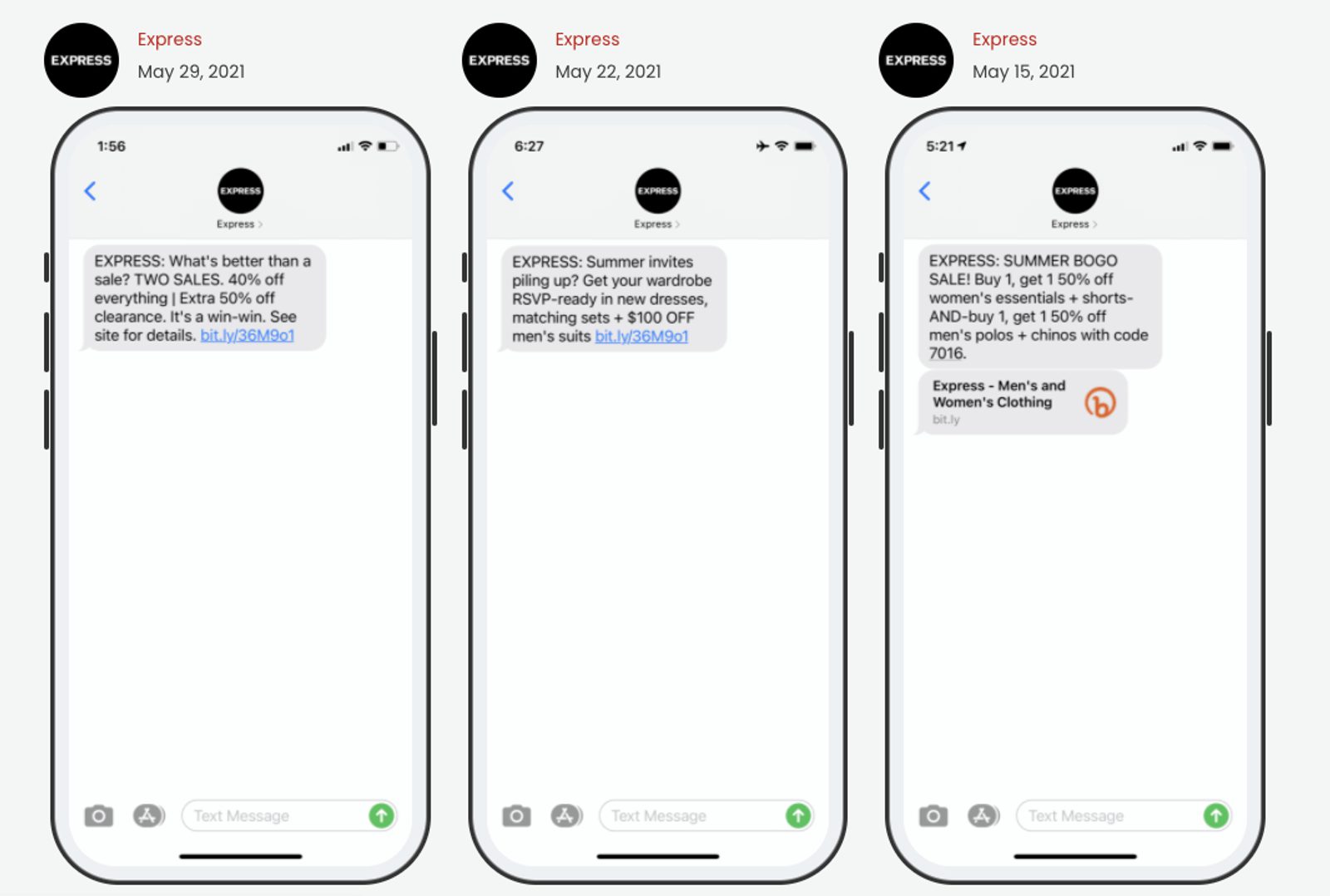
Other text updates you can send include:
- Shipping confirmations
- Order confirmations
- Subscription statuses
- Product releases
Second, you can experiment with conversational texting. SMS marketing is Verb Energy’s primary method of customer service. Unlike most online chat support, Verb Energy builds 1:1 relationships through text messaging.

Customers can refill their energy bar subscription, ask questions, or even send photos of their dog to Verb Energy. The brand’s marketing team offers a human response.
In your ActiveCampaign automations, you can add in an SMS block as a step to send scheduled text notifications and campaigns. Watch the video below to learn more about SMS automations.
Try adding SMS to your automation workflows to send customer support follow ups, monthly product reminders, and birthday coupons. Be sure to define the exact delivery time schedule to send at the optimal day and time.
Overall, SMS marketing automation helps you reach customers on the go and enhance customer engagement.
5. Build a social media presence
Customers associate a strong social media presence with popularity. Incorporating at least one social channel into your marketing strategy can promote customer engagement in retail.
Here’s why.
If someone only came to you whenever they wanted money, would you consider them trustworthy? Probably not.
So, here’s where social media becomes valuable. You’re not just posting about your product 24/7. You’re sharing jokes, supporting customers, and building a community. Customers can build trust with you because you’re showing another side to your brand.
Floret Flowers shares behind-the-scenes photos of their flower farm in Skagit Valley Washington on Instagram. The brand gives their followers an inside peek of how the flowers grow and get shipped to customers.
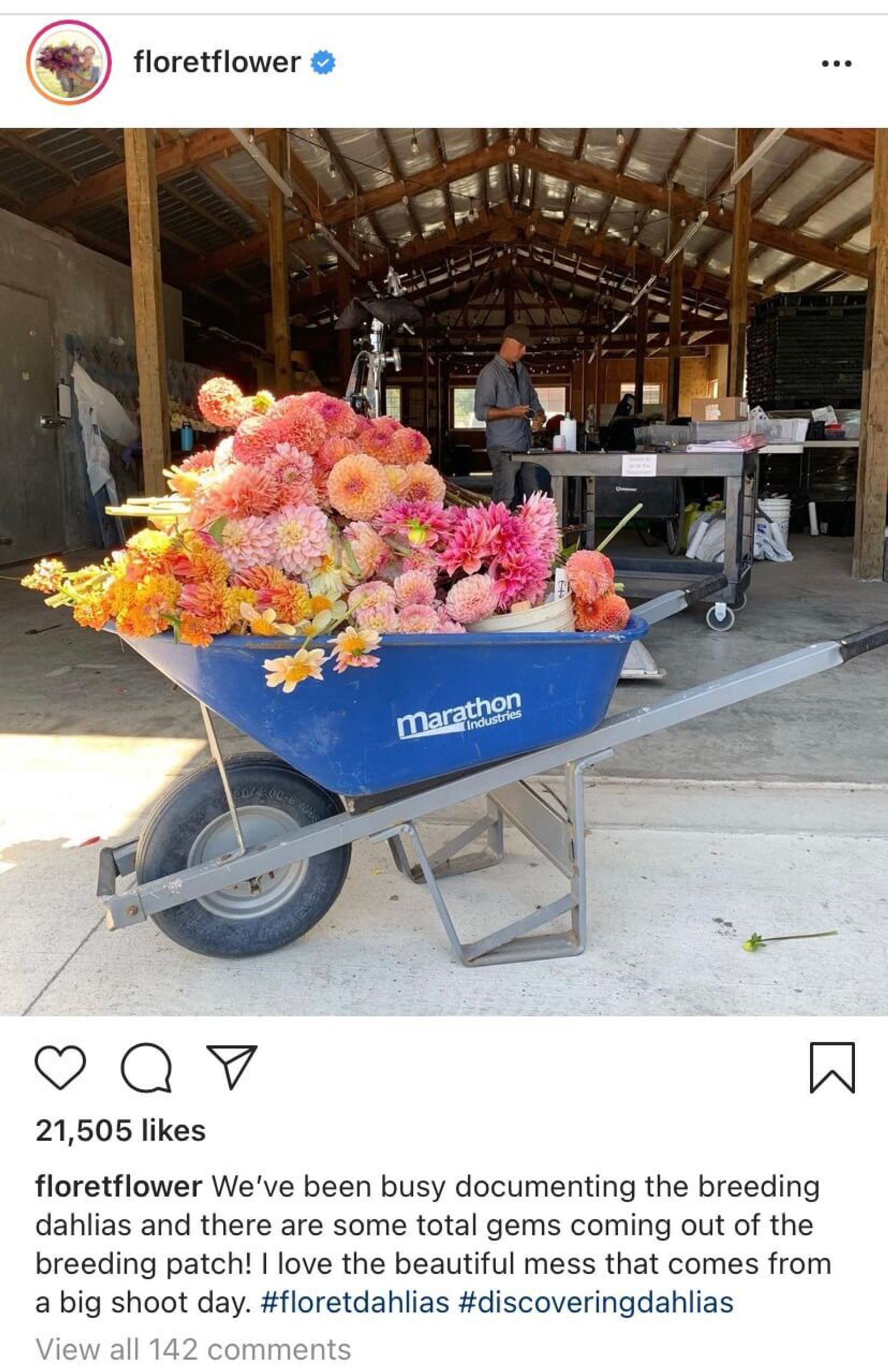
Similar to SMS marketing, your support team can chat with customers in real-time on social media. With the help from Todd Clouser at Customer Gauge, Everlast Welders provides customer support with a Facebook group touting 10,000 members.

Todd mentioned how the brand built “stronger brand loyalty while helping customers troubleshoot their issues. The group has become a hotbed for collaboration and marketing opportunities.”
As for community building, Crate and Barrel encourages previous buyers to post their items with the hashtag #CrateStyle on Instagram. Hashtags invite buyers to participate in the community. Think of it like a product review, and by the way, 91% of customers read at least one review before purchasing.
Start the conversation with a Twitter live chat, IGTV video, or Facebook live. Respond to your followers with comments and “like” other followers’ content.
Organize your daily engagement with a calendar to ensure your business sends consistent messaging to customers. Download this free social media content calendar template to plan your strategy.
Improving Your Retail Customer Engagement
The more you interact with your customers, the more you’ll learn about meeting their needs and providing a positive customer experience. Revisit the above-mentioned strategies to improve customer engagement in retail. There’s no one-size-fits-all approach, so see what works best for your customers.





